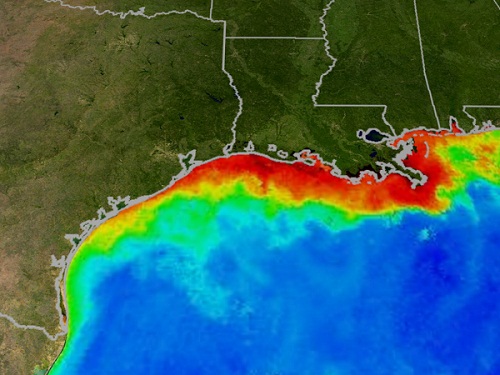
Photo courtesy of http://serc.carleton.edu
Due to the large amounts of nutrients coming down from the agricultural regions of the Mississippi River, the formation of a dead zone along the Louisiana coast has become an annual event that threatens local ecosystems.
Dead zones are areas in the world’s oceans and large lakes where oxygen levels are so low that most organisms can’t survive. It is caused by excessive nutrient pollution from human activities coupled with other factors that deplete the oxygen required to support most marine life in bottom and near-bottom water.
It was estimated that the rains of spring would cause an increase in the flow of nutrients which eventually would cause a larger dead zone. However, the wind conditions in the Gulf of Mexico managed to oxygenate water and helped to limit the dead zone size this year. According to the National Oceanic and Atmospheric Administration, the area is currently almost 5,840 square miles, almost the size of Connecticut.
Since 2008 more than 400 dead zones have been identified in the world, covering 95,000 square miles.

